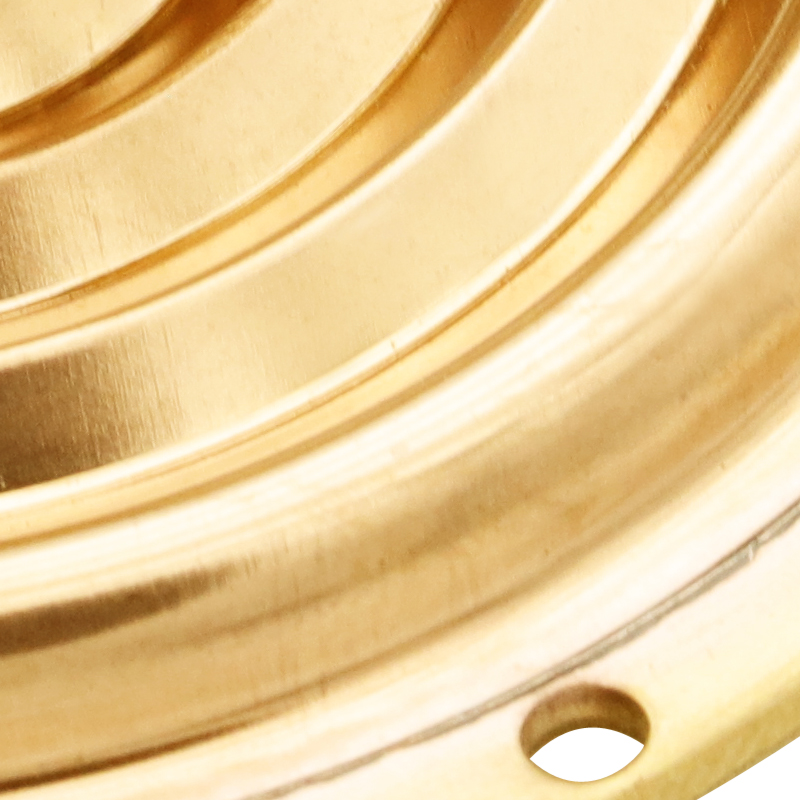
12 月 . 12, 2024 16:22 Back to list
parts of diaphragm pressure gauge product
Understanding the Parts of a Diaphragm Pressure Gauge
A diaphragm pressure gauge is a widely used instrument in various industries to measure and monitor pressure levels. Unlike traditional gauges, diaphragm pressure gauges rely on a flexible diaphragm to sense pressure changes, offering advantages in terms of accuracy, reliability, and performance, especially in harsh environments. In this article, we'll briefly discuss the main components that make up a diaphragm pressure gauge and their functions.
1. Diaphragm The Heart of the Gauge
The diaphragm is the primary sensing element in a diaphragm pressure gauge. Typically made from materials such as stainless steel, plastic, or elastomers, the diaphragm flexes in response to pressure changes. When pressure is applied, the diaphragm moves, causing a displacement that is proportional to the pressure level. This movement is then translated into a readable measurement by the gauge. The diaphragm's design and material are crucial as they determine the gauge's durability, range, and suitability for different application environments, including corrosive or extreme temperature conditions.
2. Pressure Chamber Encasing the Diaphragm
Surrounding the diaphragm is the pressure chamber, which contains the fluid or gas whose pressure is being measured. The pressure chamber must be designed to withstand high pressures and is often made from robust materials to prevent failure. The connection between the process and the gauge is facilitated through a process connection, which can be threaded or flanged, allowing easy integration into piping or equipment.
3. Mechanical Linkage Translating Movement
As the diaphragm flexes under pressure, it connects to a mechanical linkage system, usually consisting of levers or mechanical arms. This system amplifies the small movements of the diaphragm, converting them into a more significant movement that can be displayed on the gauge dial. The mechanical linkage is essential for ensuring accuracy, as it must respond accurately to the diaphragm's movement.
parts of diaphragm pressure gauge product

4. Pointer and Dial Displaying the Measurement
The readings of the pressure gauge are displayed on a dial, usually marked with measurement units such as psi, bar, or kPa. A pointer, connected to the mechanical linkage, moves across the dial to indicate the pressure level. These components must be designed clearly so that readings can be easily interpreted, even in low-light conditions or from a distance.
5. Case and Window Protection and Visibility
The case of a diaphragm pressure gauge protects the internal components from environmental damage, corrosion, and impact. Materials like stainless steel or reinforced plastics are commonly used for this purpose. Additionally, the window or lens made of glass or plastic provides visibility of the dial while offering protection against external elements. In some cases, pressure gauges may feature shatter-proof windows to ensure safety in high-risk environments.
6. Calibration Mechanism Ensuring Accuracy
Calibrating a diaphragm pressure gauge is essential to maintain its accuracy over time. Calibration mechanisms are often integrated into the design, allowing for adjustments to be made without disassembling the gauge. Regular calibration is critical, particularly in processes where precision is vital, such as in pharmaceuticals, food processing, and petrochemical industries.
Conclusion
Diaphragm pressure gauges are indispensable tools in many industrial applications, thanks to their reliable performance and accuracy. Understanding the various parts that make up these gauges—such as the diaphragm, pressure chamber, mechanical linkage, pointer, dial, case, and calibration mechanism—provides insight into their functionality and importance. As technology advances and the demand for precise pressure measurement grows, diaphragm pressure gauges will continue to play a crucial role in ensuring the safety and efficiency of industrial operations.
-
High-Precision Mass Diaphragm Pressure Gauge - Reliable & Durable Solutions
NewsJun.10,2025
-
Explain Diaphragm Pressure Gauge Expert Guide, Top Manufacturers & Quotes
NewsJun.10,2025
-
Affordable Differential Pressure Gauge Prices in China Top Manufacturers
NewsJun.10,2025
-
Reliable Water Fire Extinguisher Pressure Gauges for Safety
NewsJun.10,2025
-
Durable Diaphragm Protection Pressure Gauges Get Quote
NewsJun.09,2025
-
WIKA Differential Pressure Gauge with Switch Reliable Monitoring & Control
NewsJun.09,2025
